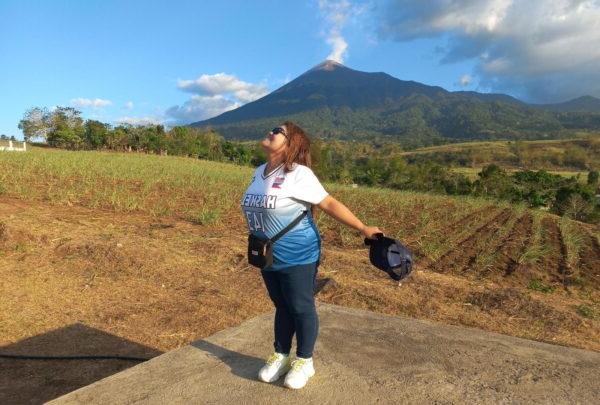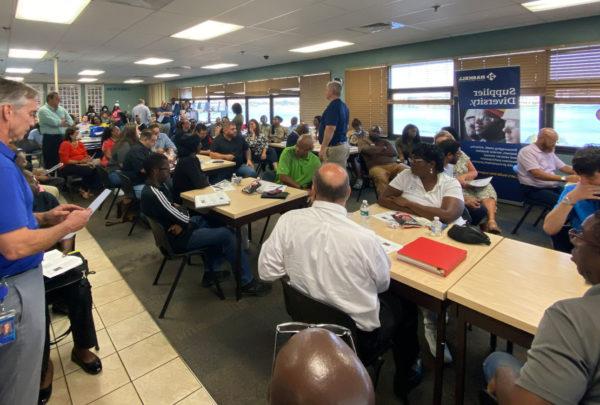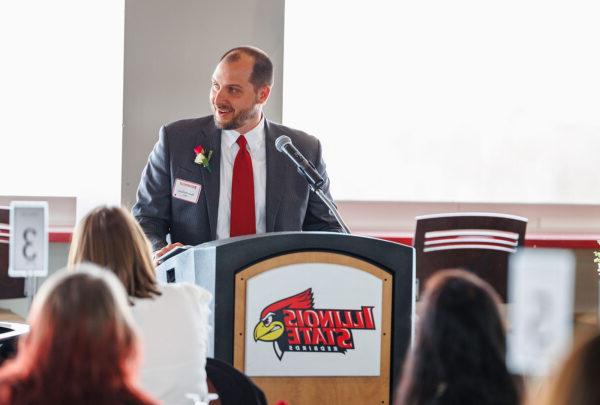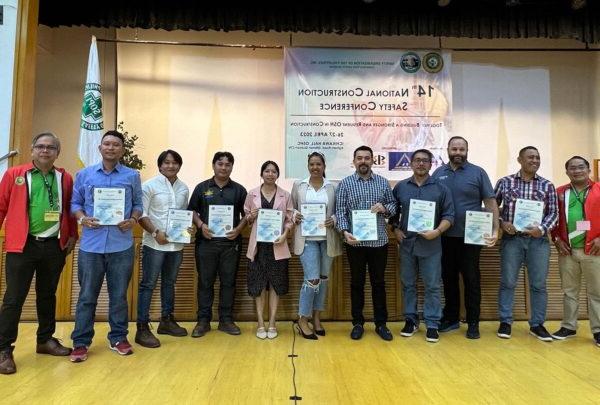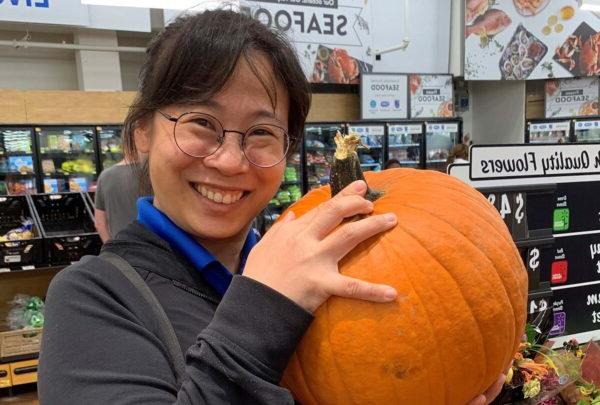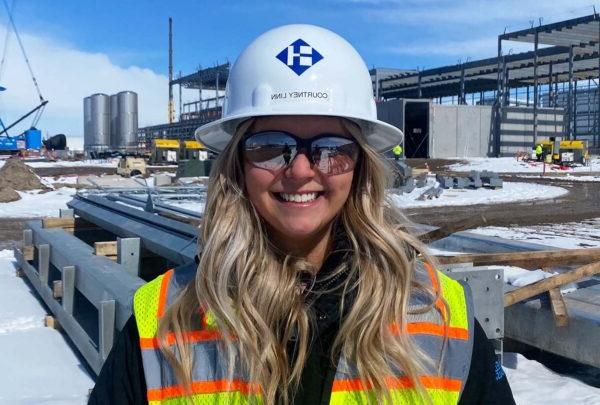In mid-April, I had the pleasure of attending INTERPHEX, a major life sciences industry exhibition and conference. The event has always been a big draw for global personnel from the pharmaceutical, biotechnology and medical device markets, who come to see the latest cutting-edge products and services from marquee providers and innovators.
For me, the highlight of the event has always been the hands-on equipment demonstrations and the ability to see, in person, the latest advances in technology and product design. It’s inspiring to see the tangible result of innovators seeking to solve the industry's challenges and progress toward our goal of helping patients improve their quality of life.
However, this year, the best part of the show for me wasn’t the equipment (which was incredible!) but rather the attendees. I realized this not even an hour into the event as I walked through the expansive exhibition floor among more than 10,000 of my industry colleagues. Thirsty, I spied a water fountain 100 feet away and began to make my way toward it. Nearly two hours later, I finally made it to my original destination. Along the way, I encountered multiple individuals who helped shape my career and others whose careers I helped build. The initial ‘hellos’ turned into fantastic conversations and amazing stories of their current roles, lives, successes and challenges. That walk to the water fountain was a great reminder that although technologies and knowledge are critical building blocks of any industry, people and relationships truly enable an ecosystem to thrive.
On the train ride home, I pondered why those interactions on the expo floor felt so impactful. Initially, I attributed it to the common theme of mentoring. Mentoring has long been an essential component of one’s professional growth and advancement. Like many, I defined mentoring as someone with more experience providing advice and guidance to someone with less. Especially in a complex industry segment like life sciences, having a mentor or guide to help you navigate the intricacies of the trade is necessary. There are thousands of acronyms and insider jargon to learn, organizational politics and preferences to maneuver and strong personalities to navigate – all while tackling the day-to-day elements of one’s role. It’s a huge advantage to have routine access to someone who can provide insight into the vast number of unknowns. Through my 20-plus-year professional journey, I’ve taken part in multiple programs as both a mentor and mentee.
Nevertheless, the concept of mentorship didn’t quite feel like the element that linked me to the individuals I encountered on my water fountain walk. Mentorship, in my view, still seemed a bit too transactional to describe our deep connections. Mentors get assigned to new hires at most organizations, and most professional associations offer mentor programs to link those with extensive career experience to those just beginning their journey. Mentorship links people with a shared goal and is critical to starting a successful work relationship. Most mentor programs feature recurring meetings, knowledge-sharing sessions or curated topics for discussion. Mentorship is an introduction, a structured program designed to connect people to impart knowledge. The evolution of mentoring – the element that I felt took the relationships to the next level and created the significant, lifelong linkages I experienced with the people on my water fountain walk – is all about advocacy.
Action and Accountability
Advocacy is a difficult concept to fully define, though, at its core, I believe it’s inextricably linked to both action and accountability.
Action is essential as advocacy cannot be passively performed; one can’t just show up to meetings or forward an email and expect exceptional outcomes. Those come from consistent participation, meaningful interactions, and genuine effort at developing a relationship with your counterpart, be they mentor or mentee. Action goes beyond one-on-one interactions; it extends to what happens outside the relationship. Some of the best advocacy actions I’ve witnessed and supported have occurred when a person was not present, yet their counterpart championed them for visibility, work credit or opportunities.
That ties into accountability, which I like to describe as “say what you do and do what you say.” In other words, accountability is about character and how one treats others. It’s about collectively lifting up individuals and teams, being on the lookout for opportunities, having the bravery to confront unfair situations and bringing others to the same table when they may otherwise be excluded.
Reflecting on my exhibition experience, I realized that the mentors who stood out to me were my advocates, who made it their mission to challenge me to make me a better professional and person. While I could directly sense their commitment to our relationship over the years, in many cases, I learned after the fact all they did behind the scenes to provide me with exposure, visibility, opportunities and credit. Those people made such an indelible impact on my life and career and gave me a roadmap for my actions and accountability toward those I mentor. Nothing gives me more pride than watching those I have supported rise to significant roles and make vast contributions to the body of knowledge within our industry. I relish the opportunity to have been a small part of their journey.
While I have spoken so highly of my own experiences with mentoring and advocacy, I’d be remiss if I didn’t address some of the industry’s shortcomings with those subjects. Life sciences, like many other industries, tends to be a bit homogenous in its demographic. That is not surprising, as people tend to connect best and be most comfortable with those like them. Unfortunately, that can result in a self-sustaining cycle of building and supporting teams of identical constituencies and missing out on the contributions and perspectives diversity provides.
Diversity’s Critical Role
One group working to break this cycle is the International Society for Pharmaceutical Engineering (ISPE) and its Women in Pharma (WIP) initiative. ISPE WIP runs a unique mentoring program that brings together small groups of people from across the globe. Within each group is a senior industry executive, a mid-level executive, an emerging leader and a student. Groups consist of all genders, ethnicities and ages. These groups aim to foster open discussion, create opportunities for the participants and drive the industry toward a more equitable, inclusive and bias-free dynamic where diversity of thought can thrive.
I am currently participating in this initiative, and this program has been especially meaningful to me as I have gotten to hear directly from individuals about those (sometimes uncomfortable) topics that have influenced their careers. One young woman shared with me that despite her eagerness to learn, her proven work ethic and her tremendous qualifications, she was passed over for what would have been the ideal assignment; instead, that went to a male colleague who was far from qualified but was the life of the party at the team leader’s frequent happy hour outings. Another participant recalled when a career opportunity was hindered by someone who made limiting assumptions about their ability to communicate because they spoke with an accent.
Stories such as these have helped shine the light on the human impact of inequalities in the workplace and provide me with a deeper insight into the issues that women, minorities and those who deviate from our perceived notions of typical face in the workplace. Many small biases or assumptions these individuals have encountered have significantly impacted their careers. How would those situations have differed if they had an advocate present? Would someone have pushed for the team leader to give the opportunity to the ideally qualified young woman while challenging an undesirable behavior of providing an opportunity solely based on happy hour camaraderie? Would a fellow manager have shared examples of strong written and oral communications to counteract their peer’s assumptions about an accent?
How might our teams, projects and organizations look different if someone were constantly looking for the blind spots in our thinking due to biases and incorrect assumptions? How might we positively impact the lives of others and create opportunities if we support them both in the open and behind closed doors?
I am fortunate to have many fantastic advocate mentors. They have invested their time and insights in me and have looked out for my best interests throughout the journey. They have shown action by utilizing their positions, access, reputations and influence to provide me with opportunities, whether by removing a barrier, opening a door, changing a perception or opening someone’s mind to something different. They have shown accountability by behaving in such honorable and ethical ways when everyone is watching, as well as when no one is watching, and expected the same great character from me. I bring the same approach to those I support, aiming to be that fantastic advocate mentor to whom they look with the same admiration. I’m grateful it took me two hours to walk 100 feet.
I invite our readers to share their thoughts, comments, and experiences on our LinkedIn page to start a dialogue and impart your perspectives to our life sciences and broader engineering, architecture and construction community. We’d love to hear from you!
 About the Author: Michael Asher is Director of Operations for 澳门足彩app’s Life Sciences Division. He is a credentialed Project Management Professional (PMP) from the Project Management Institute (PMI) and a Certified Project Manager (CPM) from the Project Management Leadership Group (PMLG). He holds a Bachelor of Science in Chemical Engineering from Washington University in St. Louis.
About the Author: Michael Asher is Director of Operations for 澳门足彩app’s Life Sciences Division. He is a credentialed Project Management Professional (PMP) from the Project Management Institute (PMI) and a Certified Project Manager (CPM) from the Project Management Leadership Group (PMLG). He holds a Bachelor of Science in Chemical Engineering from Washington University in St. Louis.


 About the Author: Michael Asher is Director of Operations for
About the Author: Michael Asher is Director of Operations for  Promoting and expanding diversity and inclusion is a strategic pillar of 澳门足彩app’s long-term vision and is foundational to creating a team member experience of significance, success and satisfaction. 澳门足彩app Together is our intentional and consistent initiative to promote open dialogue and bring about positive change.
Promoting and expanding diversity and inclusion is a strategic pillar of 澳门足彩app’s long-term vision and is foundational to creating a team member experience of significance, success and satisfaction. 澳门足彩app Together is our intentional and consistent initiative to promote open dialogue and bring about positive change.





